Every year at the Pennsylvania Farm Show the Bureau for Historic Preservation has a booth presenting our role in the preservation of the Commonwealth’s agricultural history. We have launched the third annual Marker Scavenger Hunt at the Farm Show. Continue reading
Category: Agriculture (Page 5 of 5)
Farm-City Week was a national initiative begun in the 1950s to recognize the interdependence between rural and urban people, emphasizing the linked economies of agriculture and the industries that produced the machinery and products used by farmers to grow food and get it onto urban tables. Today many counties across Pennsylvania still host events observing Farm-City Week to bring attention to the mutual concerns of agricultural and urban communities. Continue reading
By. Dr. Sally McMurry
The term “gray literature” well conveys the level of visibility for much work done at agencies like the Pennsylvania Historic Preservation Office. Historic Structures Reports, National Register nominations, exhibits, and drawings may have limited long-term public exposure even though they are often based on high-quality research and analysis. The Vernacular Architecture Forum (VAF) has recognized that these efforts often make exemplary contributions to our understanding of the built environment, and the organization honors such work through the Paul E. Buchanan Award. VAF spokesman Michael Chiarappa has characterized the award as a “testament to VAF’s commitment to civic engagement and the idea that broad participation in the study and understanding of vernacular landscapes provides an indispensible social good.” We are proud to announce that the Pennsylvania Agricultural History Project is the 2013 winner. Continue reading
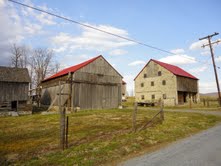
Preserving the Oley Valley Rural Historic District in Pennsylvania
by Brenda Barrett
Editor’s Note: This post was originally published in the Living Landscape Observer and appears here with the permission of the author and founder of that publication, Brenda Barrett. We appreciate Brenda’s contributions and reporting on this subject.
Even in a state famous for its agricultural landscapes, the Oley Valley in southeast Pennsylvania is an exceptional place. Located in a in a bowl-shaped valley flanked by the forested hills of the Reading Prong and underlain by limestone, the region is drained by two small creeks, the Manataway and the smaller Monocacy. English Quakers, French Huguenots, and Palatine farmers from Switzerland and Germany settled in the valley as early as 1725 in search of religious freedom and good farmland. They found both, producing an 18th-century pattern of farmsteads, fields, and villages that has marked the landscape ever since. Continue reading

The Potential of Cultural Landscapes
Peirce Lewis, an American geographer and emeritus professor at the Pennsylvania State University, may have best described the concept of cultural landscapes; “The human landscape is our unwitting autobiography, reflecting our tastes, our values, our aspirations, and even our fears in tangible, visible form.” Land shows both individual and collective beliefs in a physical manifestation. Most of us can physically see what we do to our land. However, stories associated with the “how” and the “why” we do these things are part of the cultural landscape because they support associated trends, events, and individuals. This is important to state, and restate, because we forget about the depth of information caught-up in the unseen value system that drives the building of communities and use of resources. Continue reading

The Agricultural History Project: Agricultural Regions Map
Did you know that the Lehigh Valley was once a major producer of potatoes? Or that Tioga County had a robust tobacco-growing industry? Or that Southwestern Pennsylvania was known for its sheep farms? The list of agricultural products grown and produced in Pennsylvania over the past 300 years is as long and diverse as the state is large. When you put all of these pieces of information on a map, some very interesting and unexpected patterns emerge, and these patterns have a lot to tell us about why our agricultural buildings and landscapes look the way that they do. Continue reading
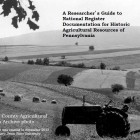 The Pennsylvania Agricultural History Project involved a unique partnership among the Pennsylvania Historical and Museum Commission, the Pennsylvania Department of Transportation, and the Pennsylvania State University with funding from the Federal Highway Administration and the federal Preserve America program. An outcome of the project is a comprehensive website that addresses the scope and character of Pennsylvania’s agricultural resources. Research for the project began in 2001. We are proud to release the culmination of this 12+ year partnership on our website at: http://phmc.info/aghistory.
The Pennsylvania Agricultural History Project involved a unique partnership among the Pennsylvania Historical and Museum Commission, the Pennsylvania Department of Transportation, and the Pennsylvania State University with funding from the Federal Highway Administration and the federal Preserve America program. An outcome of the project is a comprehensive website that addresses the scope and character of Pennsylvania’s agricultural resources. Research for the project began in 2001. We are proud to release the culmination of this 12+ year partnership on our website at: http://phmc.info/aghistory.
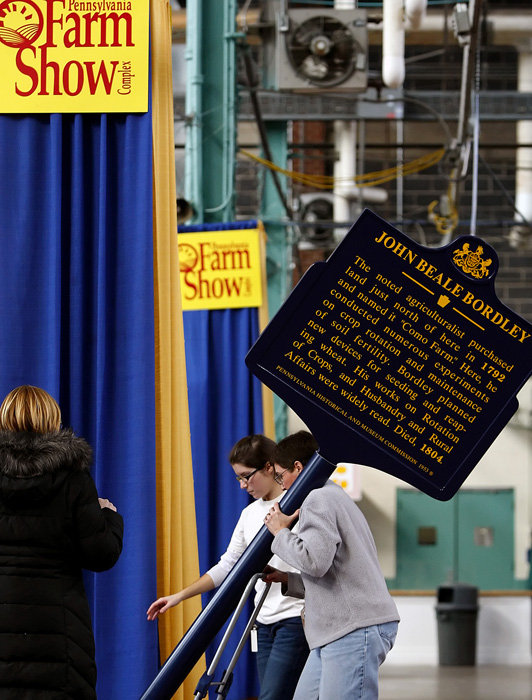
Scavengers, Markers, and Ice Cream at the PA Farm Show
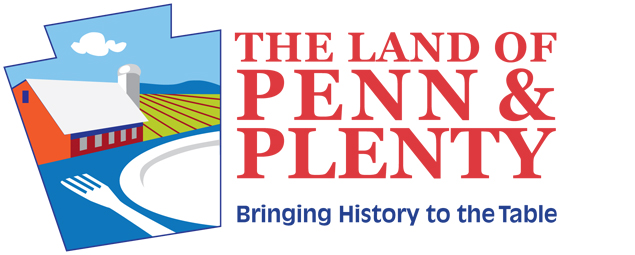 To celebrate PHMC’s 2012 annual theme “The Land of Penn and Plenty: Bringing History to the Table,” Historical Marker Program staff developed a scavenger hunt featuring markers related to Pennsylvania’s rural and agricultural history for the 2012 Pennsylvania Farm Show.
To celebrate PHMC’s 2012 annual theme “The Land of Penn and Plenty: Bringing History to the Table,” Historical Marker Program staff developed a scavenger hunt featuring markers related to Pennsylvania’s rural and agricultural history for the 2012 Pennsylvania Farm Show.
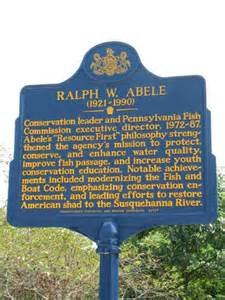
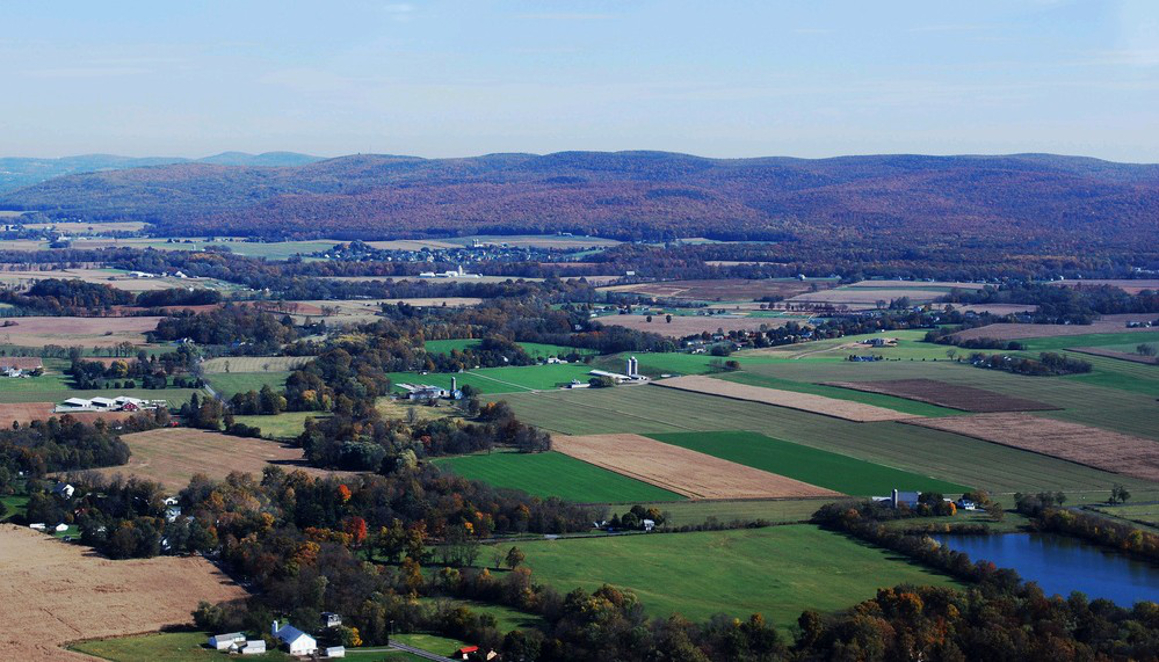
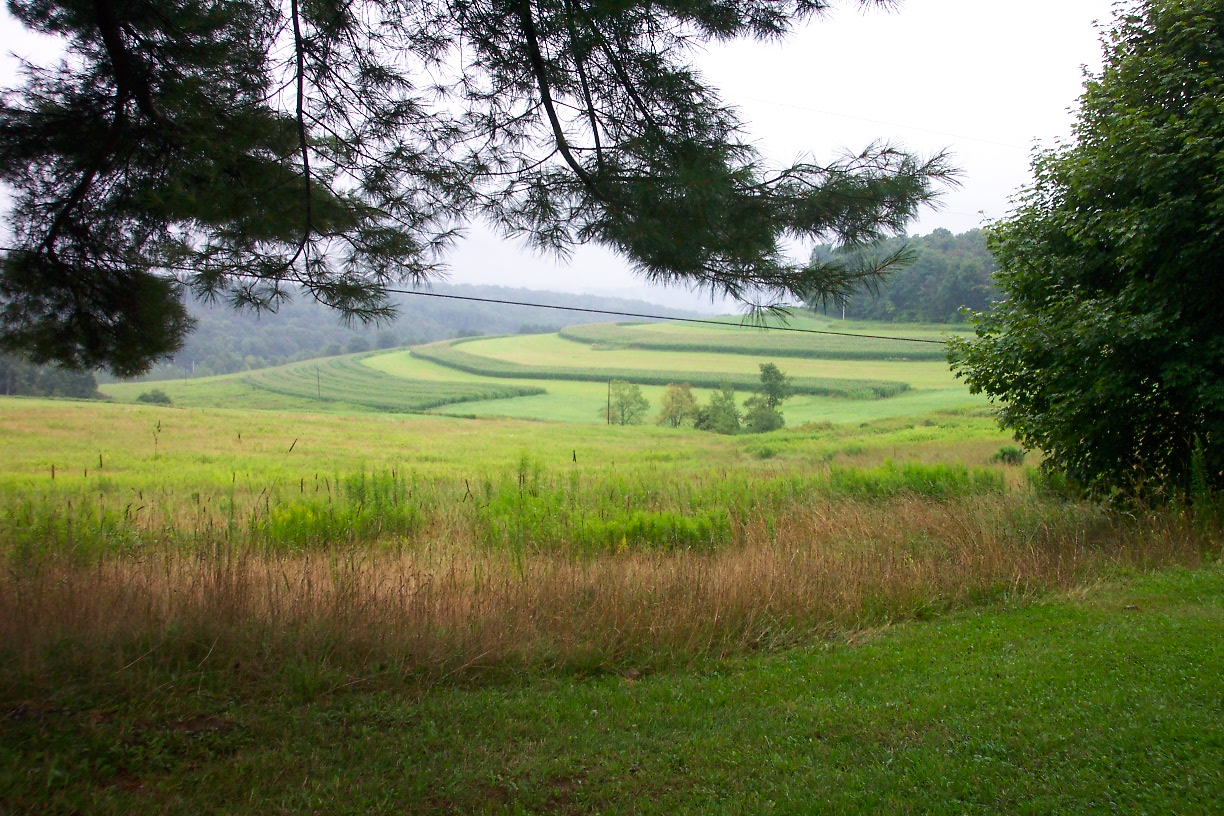
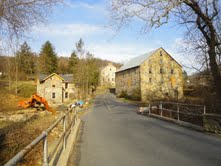
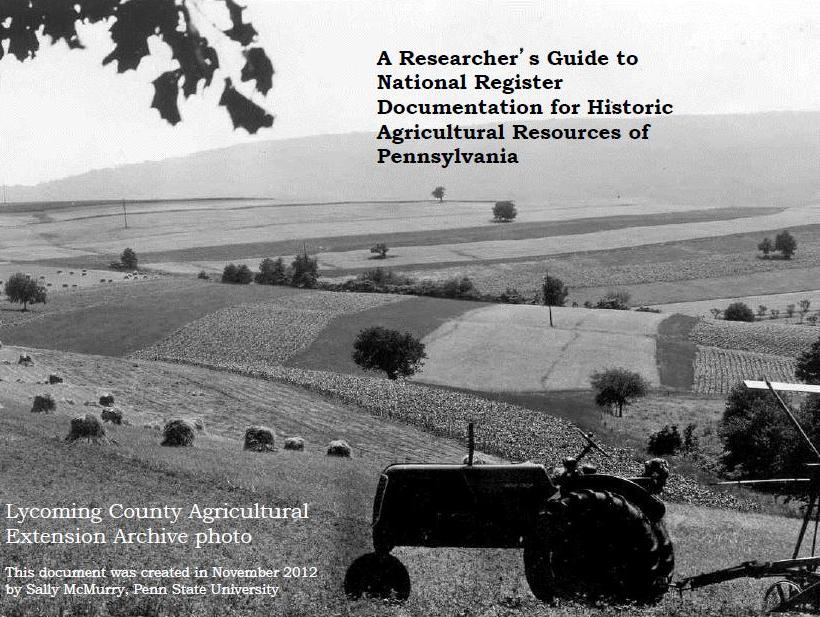
Recent Comments